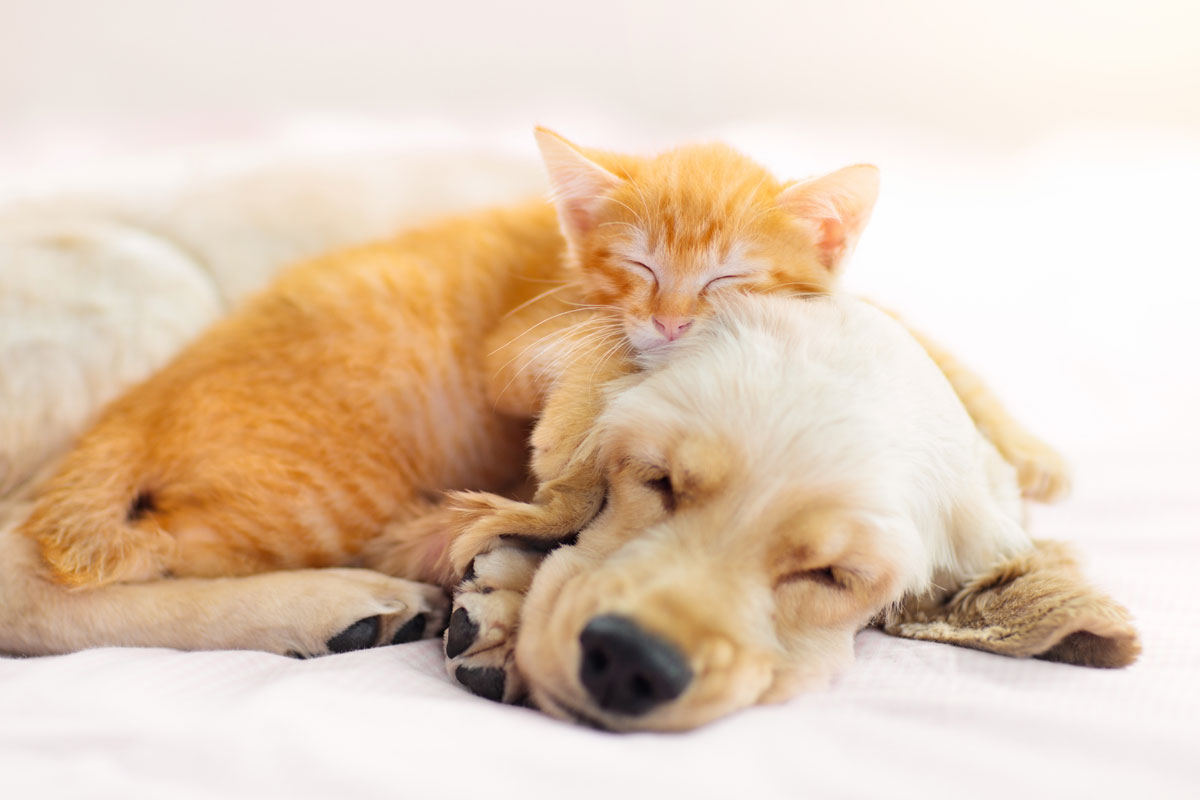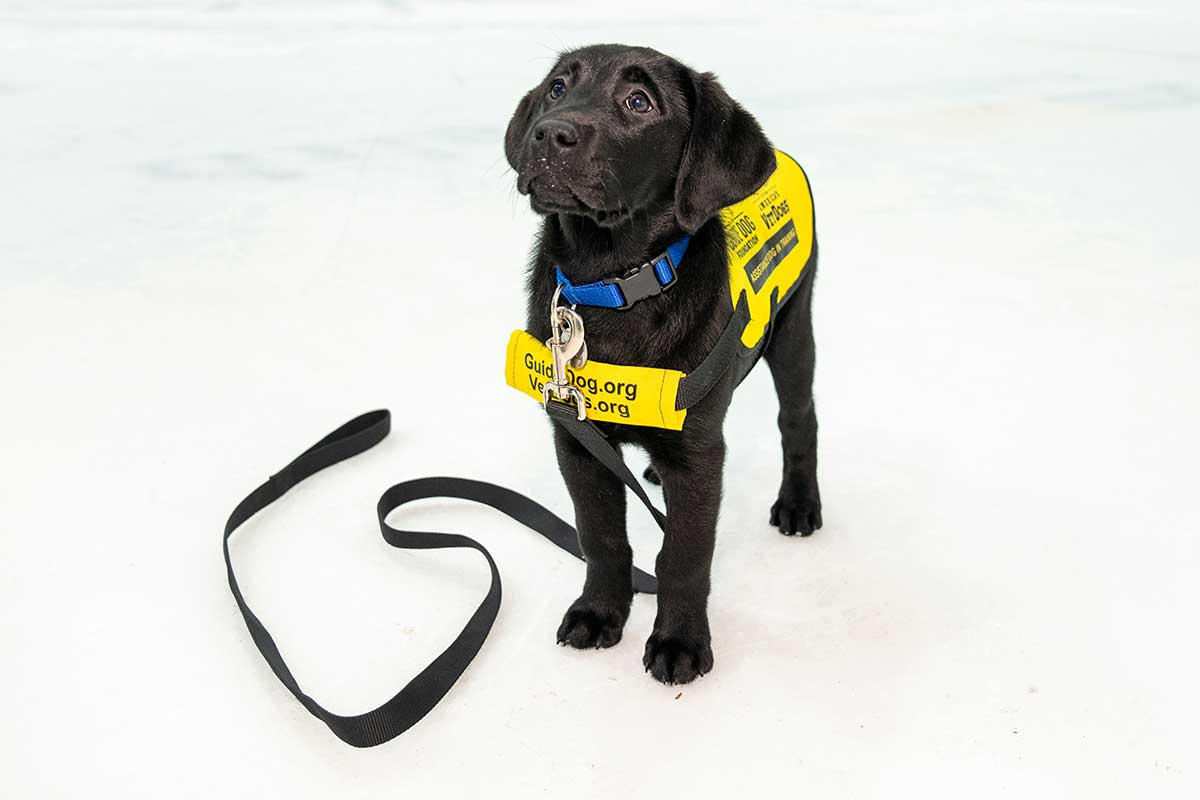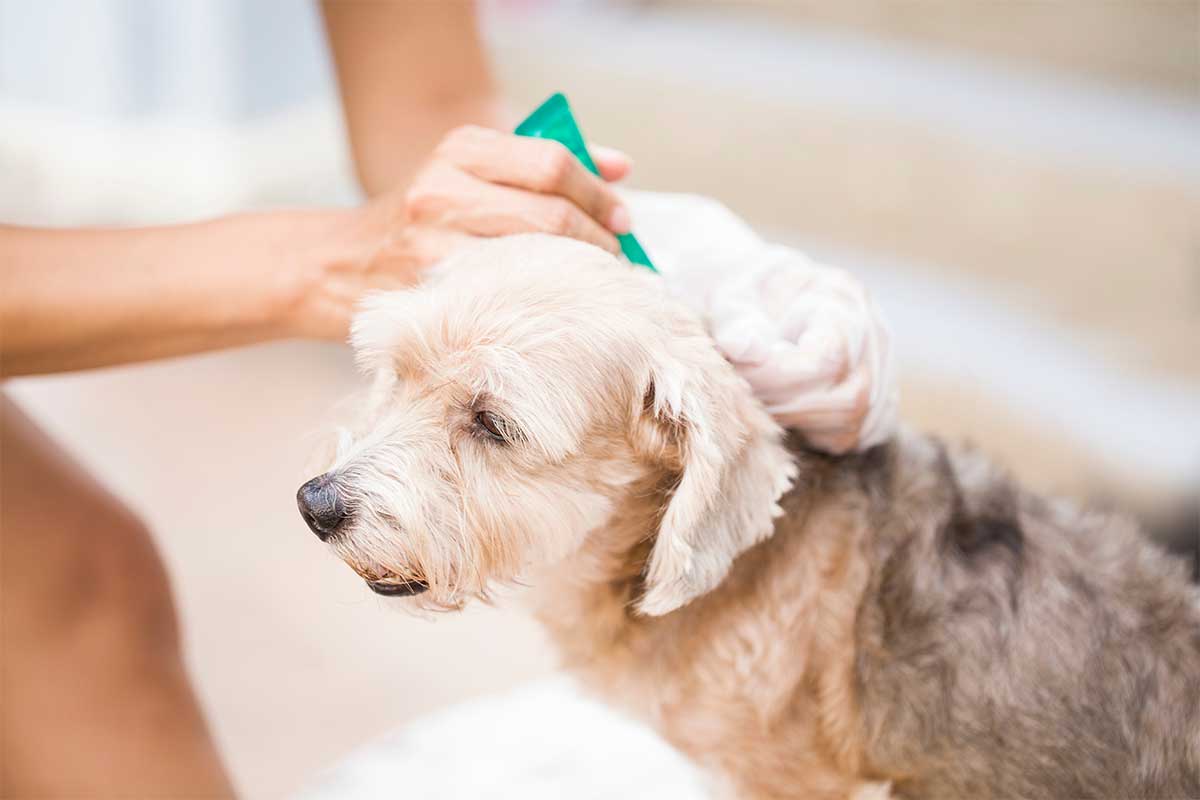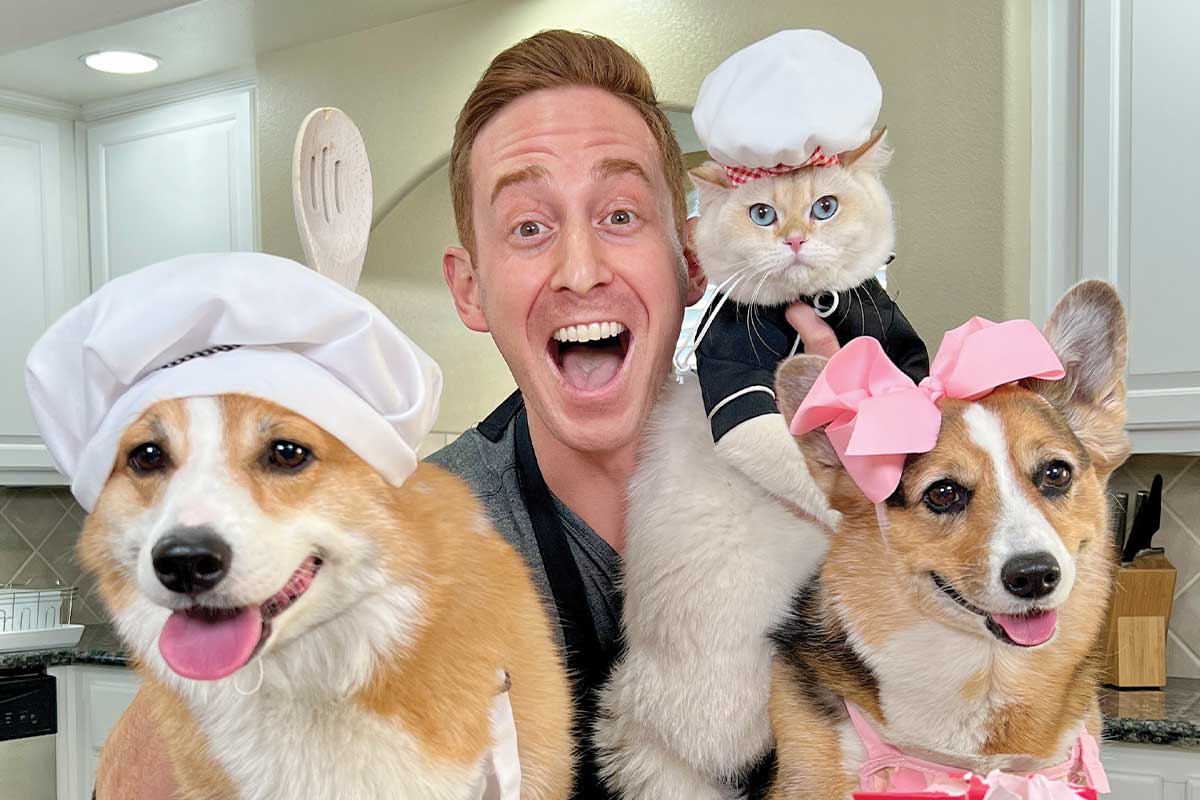In early spring, when the pandemic hit and Northern Virginia—like the rest of the country—largely shut down, it didn’t feel like there were a lot of positives to facing down a contagious virus that created both a public health and economic crisis.
But the region’s dogs and cats? For them, all of a sudden their owners were home 24/7 and endless walks and all-you-can-want snuggles abounded. And, even better, the region’s homeless pets—those waiting on would-be families inside a shelter—found themselves in high demand.
“In mid-March, we had, I think at one point, 3,000 pending foster applications,” says Mirah A. Horowitz, executive director, Lucky Dog Animal Rescue in Arlington. “Today, we’re still receiving about 100 [adoption applications] a day and 10 to 15 foster applications per day. Pre-pandemic, in a month we would maybe get 100.”
The stay-at-home orders of the early days of the pandemic (which many office workers and students are still adhering to) created at least one silver lining in an otherwise uncertain time: the rise of pet adoptions and fosters.
As Horowitz noted, as people retreated to their homes for the foreseeable future, people interested in adopting or fostering a dog or cat significantly spiked. Most shelters had to cancel all of their in-person adoption events, but as they transitioned to virtual applications and worked to clear out shelters as a safety precaution, shelters like Lucky Dog found themselves with many willing owners.
So many in fact, Horowitz says that Lucky Dog partnered with 18 additional shelters that it hadn’t worked with before because “the demand in our area is so high. That’s really gratifying.”
It likely goes without saying, but the increased demand for dogs and cats coincided with the fact that people found themselves facing an isolating experience in quarantine.
“The isolation people were feeling was palpable,” says Sue Bell, executive director of Arlington-based Homeward Trails Animal Rescue. “I think most people out there want to have a pet, but the most common reason we hear is, ‘I work too much,’ so when you remove that barrier, it opens up a whole bunch of people.”
Like it did for Alison Hill, a former Lucky Dog volunteer and recent adopter. Over the years, she and her husband have fostered 50 to 75 dogs, she says. When the pandemic hit, her family—which includes two young children—found themselves with only one older dog in the house for the first time in years.“We wanted to bring a puppy in when we didn’t have another dog in the house for socialization reasons, and we wanted to bring a puppy into the house when the kids were young so the kids and the dog could all learn boundaries and behavior around one another, to be socialized with each other,” explains Hill, who adopted a mixed breed, Nelson, from Homeward Trails. “It was the right time to bring a puppy into the household.”
As a volunteer and experienced dog owner, Hill says she understands why the pandemic attracted people who otherwise hadn’t fostered or adopted a pet prior.
“A silver lining of being home because of COVID, you’re able to place more dogs that need a home,” she says. “It was really an opportunity to be able to place more dogs and to get them comfortable in their new homes. One of the biggest challenges when you adopt a dog or bring any new dog in your house is having the time to be at home, socializing them, making them comfortable at home, taking them on walks, exercising them, teaching them the rules of your home, and that has, in large part, been taken out of the equation because more people are home during COVID.”
Another experienced dog mom, Pamela Manning, decided to return to her volunteer roots at Lucky Dog Animal Rescue when she saw the need with COVID-19. Back in March, “I thought, ‘These shelters are going to be swamped,’ which is why I decided to get back to volunteering and applied to foster.”
She ended up taking in Sassy, a pregnant dog that gave birth to 12 “perfect puppies,” Manning says.
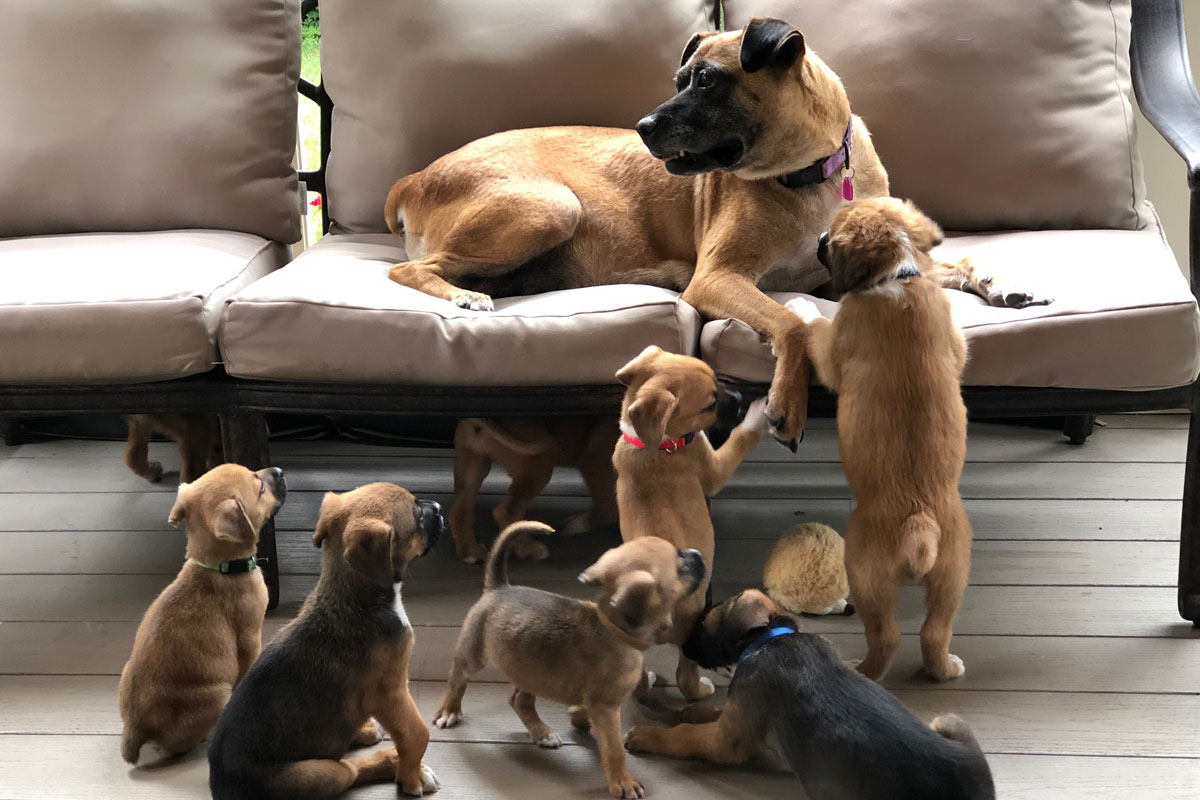
She ultimately kept one of the puppies and helped the others, including Sassy, find permanent adoptive homes. But, she enjoyed her extra free time while in quarantine with the dozen pups. “It was awesome, I loved every minute,” says Manning. “I have never felt more engaged.”
And ultimately, that seems to be the consensus of bringing home a pet during the pandemic era.
“Isolation for people during COVID has been extremely difficult and my sense is we will see mental health impacts from isolation for a very long time,” says Hill. “Whether you’re fostering or adopting a dog, having a pet in the house prior to COVID has been shown to reduce a sense of isolation or a sense of loneliness, and I think that’s been critical to maintain mental health as we’re all isolated.”
Of course, as things slowly open up and some return to in-person work, 24/7 time with pets won’t be possible. Bell says she expects applications for adoptions and fosters to slow a bit (though, as of press time, interest is still way up compared to pre-pandemic numbers) and those in the shelter community are working to stress that dogs and cats will still need homes.
“The message that we really want to keep getting out to the public is that we know that things are starting to go back to normal, but we really want people to consider fostering or adopting,” says Bell. “It’s a little tough. We’re really just trying to tell people, ‘They need you just as much as you did then.’ We’re hoping people will continue to be there for the animals.”
Virtual Adoption Process
Many in-person adoption events where you can meet dogs and cats have been postponed for the foreseeable future. But the region’s pets are still in search of loving homes. From Lucky Dogs Animal Rescue in Arlington, here’s what the process looks like in the pandemic era:
Complete an online dog or cat adoption questionnaire. The application includes questions such as what type of home you live in, if you’ve had pets in the past and what your current daily schedule looks like.
You will receive an email from a volunteer coordinator or screener to schedule an initial phone screening, where you’ll discuss needs, preferences and lifestyle. The volunteer will use this information to help you figure out the right type of dog or cat for you.
Your adoption coordinator will conduct any required checks, including a veterinarian check to ensure your current pets are up to date on medical needs, a landlord check if you rent and a virtual home visit to identify any risks in the home.
After the first three steps, you will either be approved to adopt a dog or cat—either one you’ve already identified from the rescue’s online list, or the coordinator will match you. You will be able to meet the dog or cat in person if you’d like by setting up a time and place with the coordinator (with required COVID-19 health and safety protocols in place).
Once you’ve brought home your new pet, there are virtual resources in place with the rescue to ensure a smooth transition.
This story originally appeared in our October print issue. For more stories like this, subscribe to our monthly magazine.

